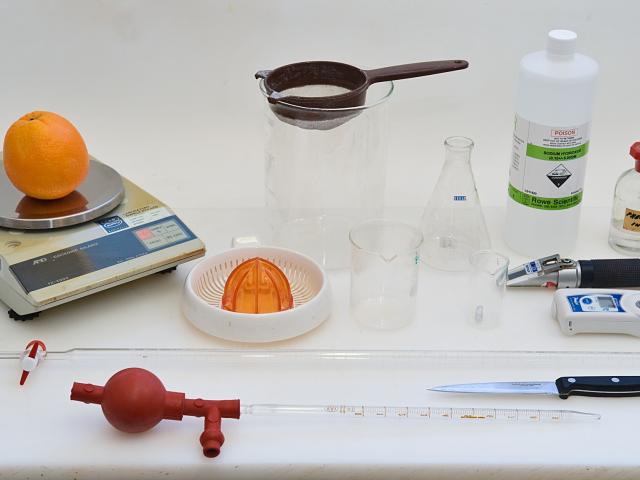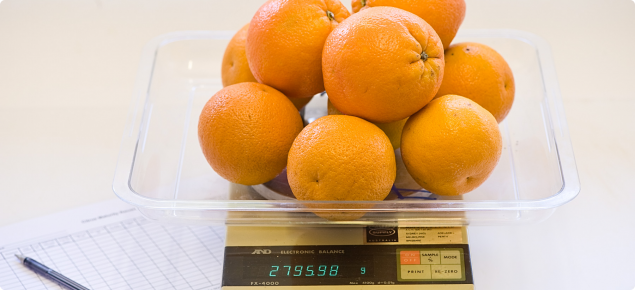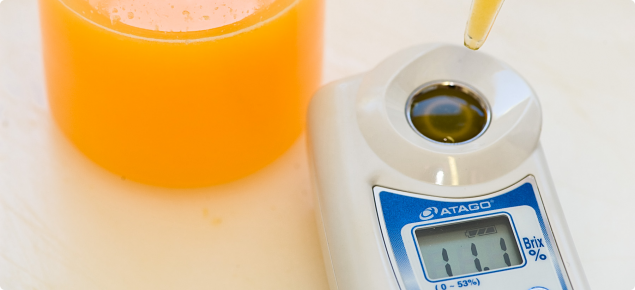Preparation
Collecting a fruit sample
When collecting fruit for testing it is important that the sample represents what you will be harvesting. For example if you plan to select pick mandarins, collect fruit of the same size and/or colour that you will be picking. If you are strip picking collect an even mix of fruit of all sizes and colours on the tree – be sure not to only pick the fruit that is most coloured.
Regardless of whether you are select or strip picking you must collect fruit from all sides of the trees as well as inside the canopy. Fruit samples should not have any rots, splits, puncture marks or other defects which may influence fruit quality.
It is important to consider variations within your orchard when collecting a sample. Separate samples should be taken from each block or patch if the variety, rootstock, tree age or soil type is different – because all these things will have an effect on fruit quality and maturity. The topography of a block can also effect maturity, especially if there is a significant slope.
Collect a minimum of 10 fruit per variety/area to be tested and ensure that samples are accurately and securely labelled. The more fruit tested the more accurate the test will be.
Equipment and chemical suppliers
Many suppliers can provide the necessary equipment and chemicals for maturity testing on citrus. These can be located in the 'Laboratory Equipment &/or Supplies' section of the Yellow Pages® or on the internet.

Equipment required to carry out testing
- 50mL auto-fill burette with a 1L squeeze bottle
- 10mL pipette and pump
- 0.1 Normal sodium hydroxide (NaOH) solution
- distilled water
- 1% Phenolphthalein indicator or a pH meter
- good quality scales with 1g graduations
- fruit juicer, juice only — no rind
- fine mesh strainer
- 100mL conical flask or 100mL beaker
- 1 to 2 litre jug or beaker
- refractometer (digital or hand-held prism, temperature compensating) 0-32% range.



